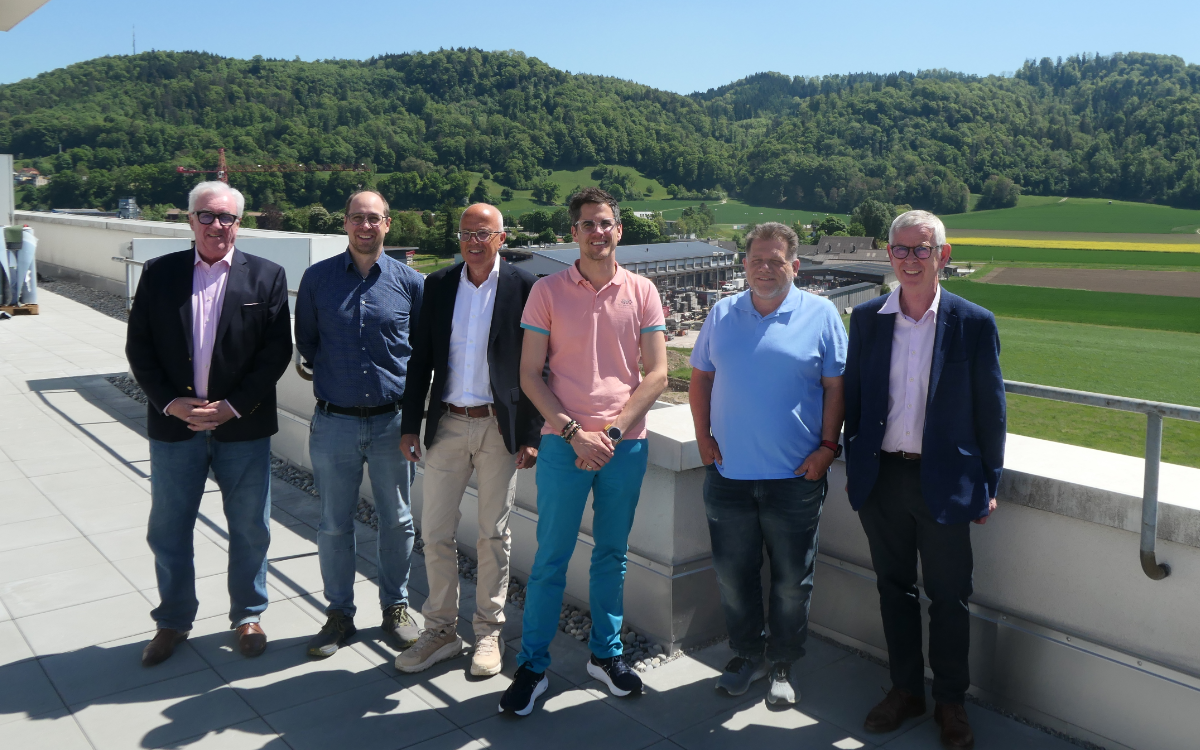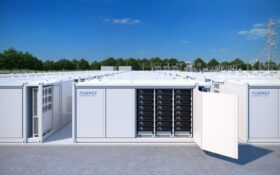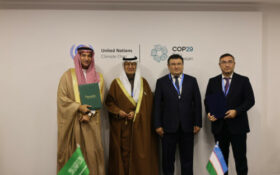Beacon Power, the flywheel company bankrupted over a year ago, is making a powerful comeback and constructing a third regulation plant in the US, just one year after Rockland Capital acquired the company.
The company has flywheel regulation plants in Stephentown, New York and Tyngsboro, Massachusetts, with another 20MW plant under construction in Hazle Township, Pennsylvania.
Beacon Power went into bankruptcy for a number of reasons: Firstly the US Federal Energy Regulating Committee (FERC) failed to create effective legislation to adequately reward Beacon for the benefits it provided to the New York Power Grid. Next, the US Department of Energy reneged on all the funding it was supposed to provide under a loan guarantee scheme and when these factors coincided with negative press coverage of DoE backed investments in other energy projects, private investor confidence collapsed.
When FERC’s rules were changed, it was clear that Beacon would rapidly clear its debts and generate profits, which is why Rockland Capital stepped in.
Beacon Power’s 20MW frequency regulation flywheel plant in Stephentown is operating at 100% availability after beginning commercial operations in June 2011. The 200 flywheels produced there have performed more than 4,000 full charge/discharge cycles per year with greater than 95% accuracy.
Its plant in Tyngsboro also began commercially producing flywheels in December 2012.
Barry Brits, Beacon’s CEO, said of the flywheels, “They are the best resource available for correcting unpredictable, real-time supply and demand changes on electricity grids, and they have proven their durability and reliability with more than three million flywheel operating hours to date.”
Following the company’s acquisition by Rockland Capital it focussed upon the economic case for customers to own and operate flywheels, Brits said flywheels are the lowest cost per cycle storage technology for frequency regulation. “Cycles are important because they quantify the frequency correction provided. Grids are volatile and the goal is increased efficiency. The most useful resource is one with high cycle life that can respond continuously and repeatedly at its full output range to smooth out large amounts of variability.”











